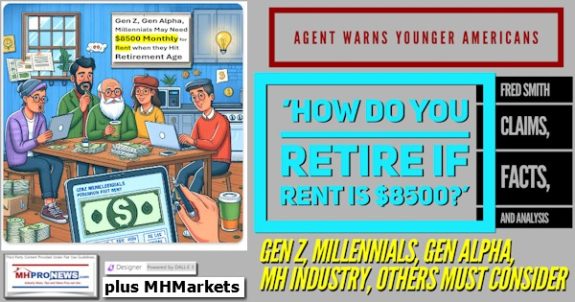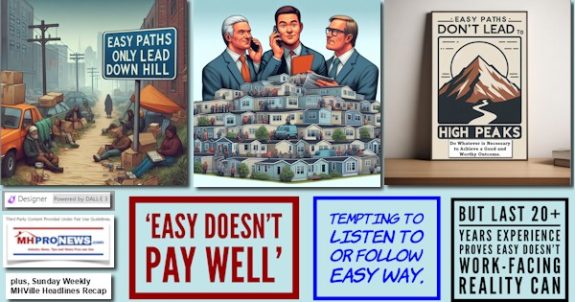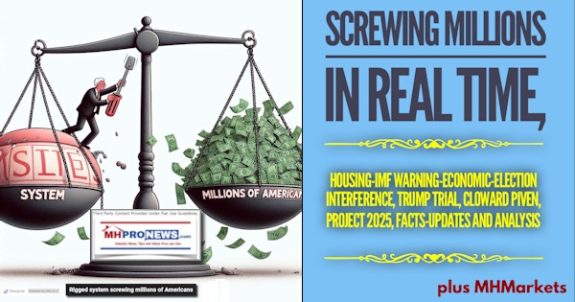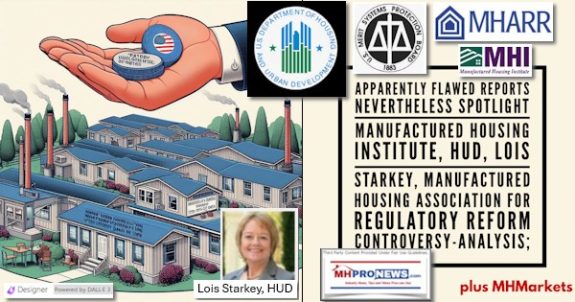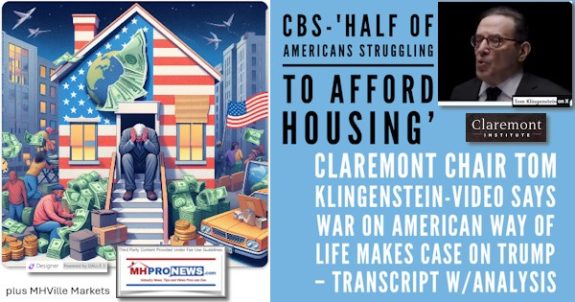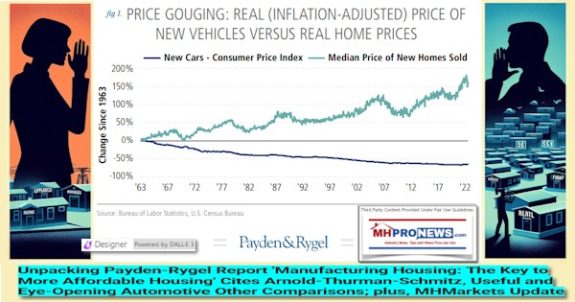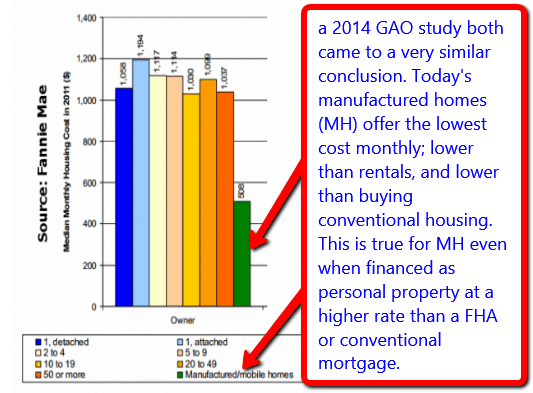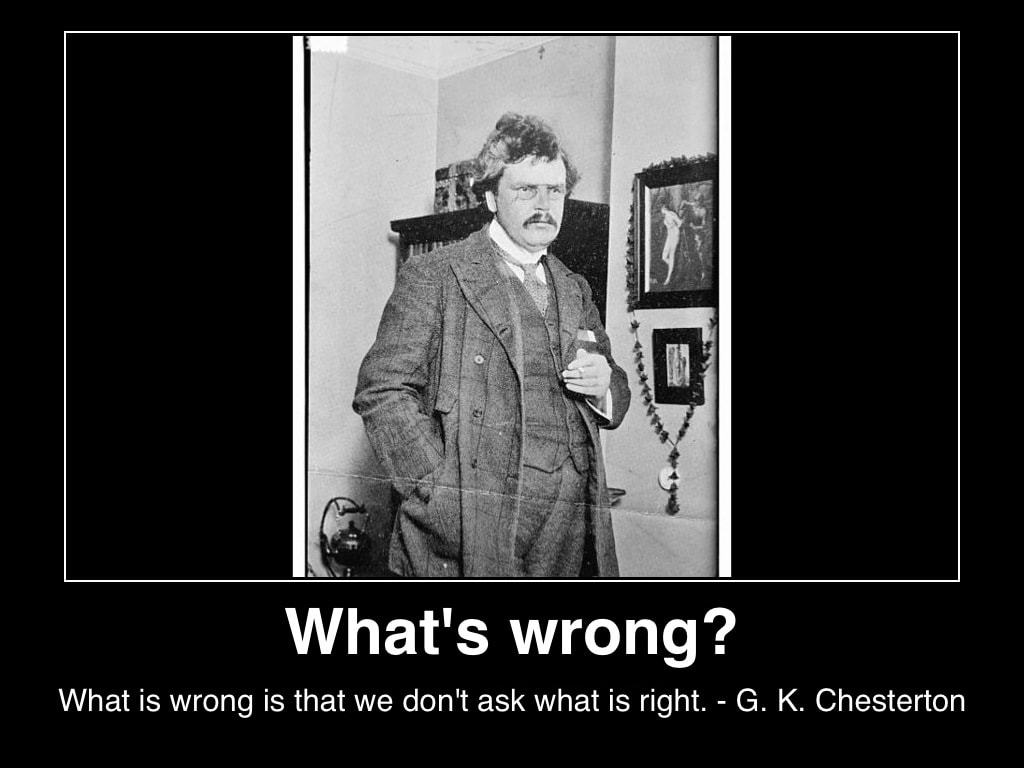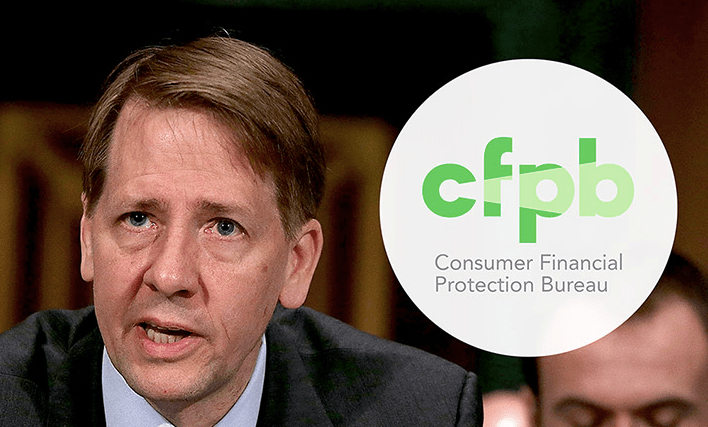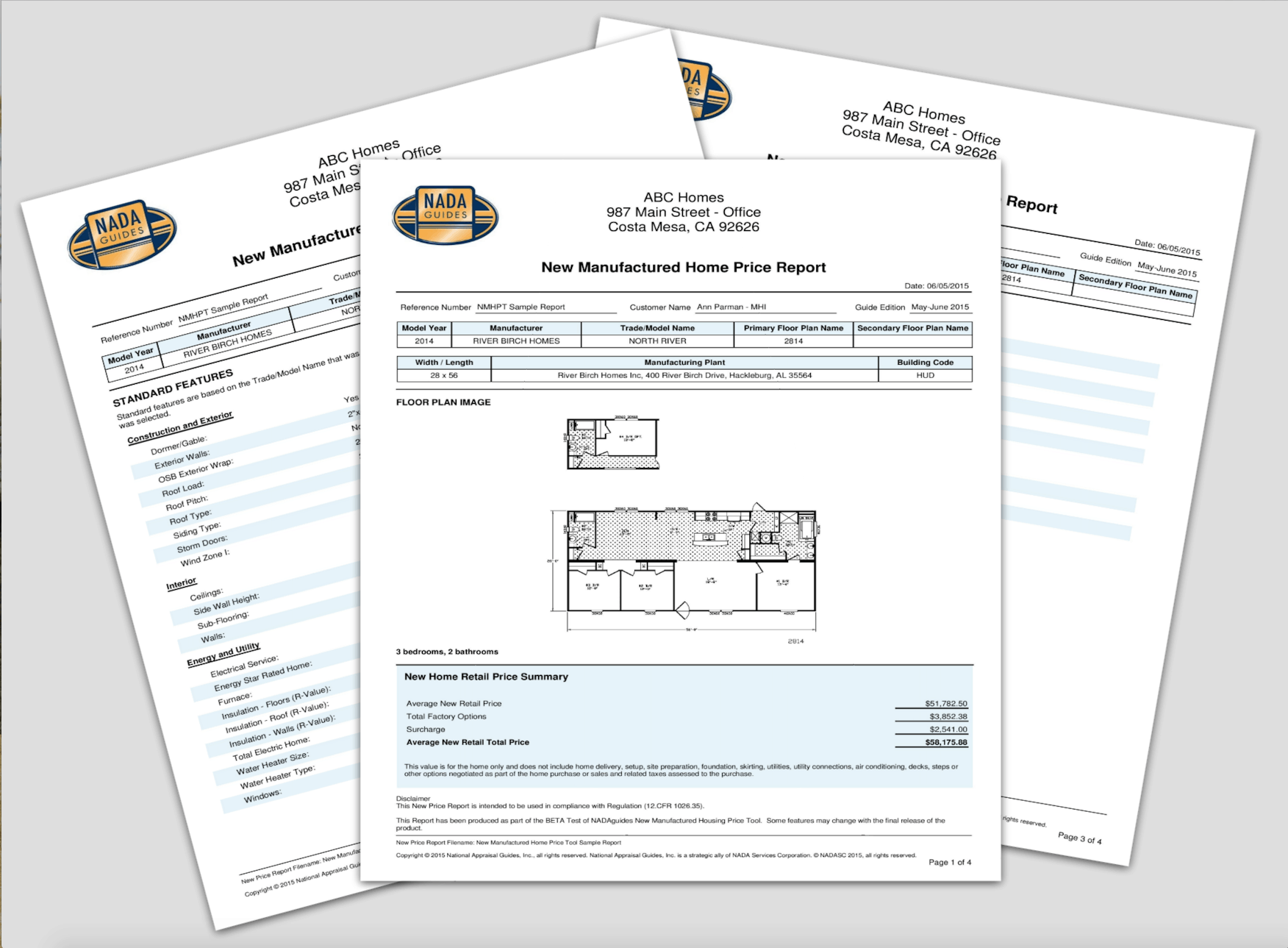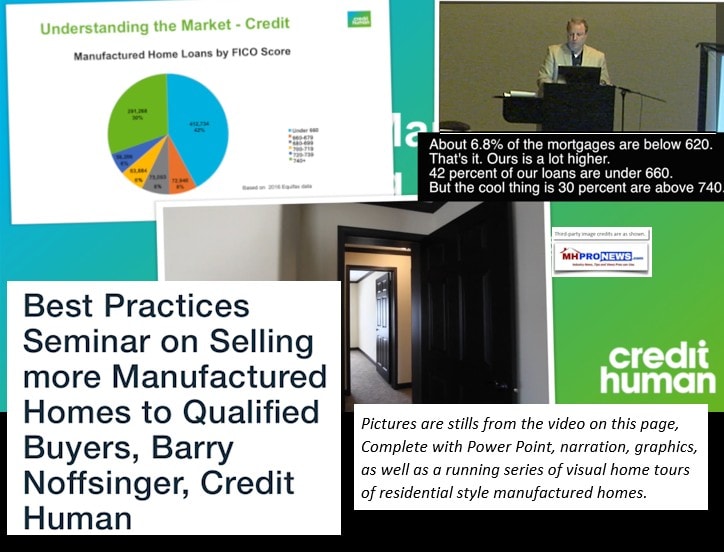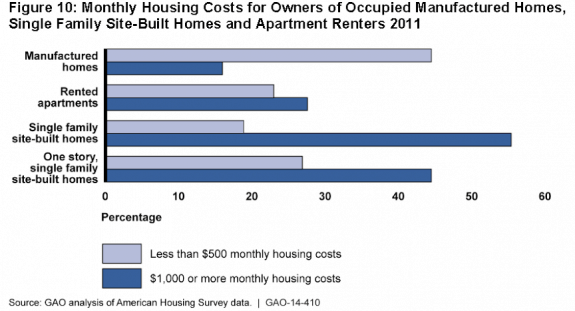
Depending on which association you ask, a recent executive order on over-regulation is either a mandate for change or a simple political maneuvering. The White House issued an Executive Order earlier this month similar to one issued by President Clinton in 1993 to improve regulation and regulatory review.
Following the release, the Manufactured Housing Association for Regulatory Reform (MHARR) sent off a letter to HUD Assistant Secretary for Housing David H. Stevens and circulated a document titled President Obama’s Regulatory Executive Order Puts HUD Regulators on the Spot. Signed by association president Danny D. Ghorbani, the letter acted to press HUD officials to fully comply with this order as it relates to all aspects of the federal manufactured housing program including, most importantly, its ongoing rapid expansion of in-plant regulation.
“This expansion, which began innocuously as a program of ‘voluntary cooperation,’ is now being transformed into a full-blown de facto regulation that will needlessly increase regulatory compliance costs passed to consumers by manufacturers and retailers, as the ongoing expansion now appears to target both,” Ghorbani wrote.
Prior to the release of the executive order, the Manufactured Housing Institute (MHI) had addressed the topic of regulation in response to a request from the House Committee on Oversight and Government Reform Chairman Darrell Issa (R-CA) on existing or proposed regulation that would adversely affect the business sector and impact job creation. The letter expressed four points including Dodd-Frank and SAFE Act regulation, reestablishing manufactured housing as a priority at HUD including the importance of a non-career administrator, lack of GSE implementation on the “duty to serve” manufactured housing, and barriers that dual oversight from two separate federal agencies (HUD and Dept. of Energy) will have on housing affordability. The letter did not specifically address the topic of in-plant regulation covered in MHARR’s letter to Secretary Stevens.
MHI Executive Vice President Thayer Long did have a directed response to the strongly-worded MHARR letter, which he is careful to distinguish from any official MHI position.
“I think using this order and trying to beat regulators over the head with it is a huge mistake and that type of behavior is always a huge mistake because you’re still going to have to work with these same folks,” Long says. “That’s just the reality.
“For the bureaucrats, I think it [MHARR’s letter] goes right in the paper shredder,” Long continues. “That’s my personal view, not the MHI official position. I would hope they would pay attention to it, but regulators are in the business of regulating.”
Long explains his view that placing too much stock in the executive order is a distraction from the real issues. The industry, he says, needs to focus on more constructive things to move itself forward.
Officially, Long says MHI is pleased to see the regulatory order, which mimics closely an order put out in 1993 by President Clinton. While it’s a sign the administration is sensitive to the regulatory environment, Long cautions it ultimately needs to be followed up with action on the part of the administration.
“The rhetoric sounds good, but it’s still the same administration that existed two years ago,” Long says. “Let’s look at what’s unfolded in the last couple of months. The current administration and the party in power were trounced in the election. This is political science 101. The natural reaction is tacking towards the center rhetorically. Fundamentally, they’re not going to change too much.”
Speaking for MHARR, Senior Vice President Mark Weiss defends the direct approach of its response to the president’s order.
“If you look at the expansion of regulation, if you look at what they’ve [HUD] done with the MHCC, the executive order really enforces what’s in the law and makes it clear this is administration policy. With respect to open and transparent rule-making, with respect to giving consideration to problems faced by small business and the impact of over-regulation on small business, it adds an additional component to the arguments we’ve already been making.”
To Weiss, the contents of the order were directly applicable to HUD and the manufactured housing industry.
“Our industry is composed largely of small businesses, and it’s a microcosm of what’s happening in the country at large with the way that small businesses are being hurt by regulation,” Weiss says. “Our industry is the perfect reflection of the problems that are happening in the broader economy.”
Weiss says the executive order is part of MHARR’s effort to show HUD they are not only violating the law, but now they are violating the executive order.
“They are out of sync with the administration policy on these things, and the track and direction of this program should be changed,” Weiss says. “That’s something that we’re hitting on a number of fronts, not only with HUD, but with Congress as well.”
Long says while he recognizes the support MHARR has within the industry, he fears the impact of the approach on the ability to continue to work with the regulators at HUD.
“What I’m extremely afraid of is the one segment of the industry that’s doing this is going to cause HUD to ignore the entire industry. It’s not constructive, it’s insulting and off-putting and I think it hits the trash can as soon as it comes through the office,” Long says.
Officials at HUD responded to MHMSM.com that they had no comment on the executive order or the letter from MHARR.
Editorial Note: It is not MHMSM.com’s policy or intent to support or criticize either association, its tactics or their positions, but rather to bring out the facts for Industry members to consider and then act as they deem appropriate.





